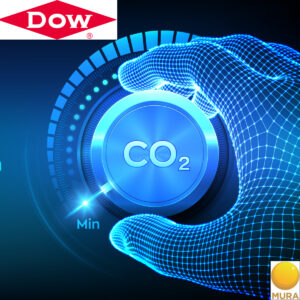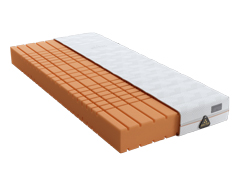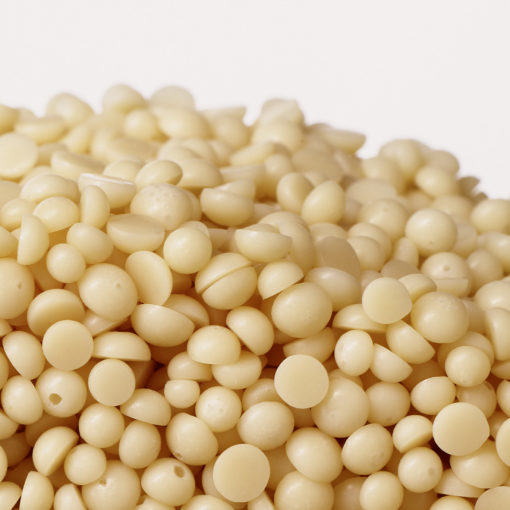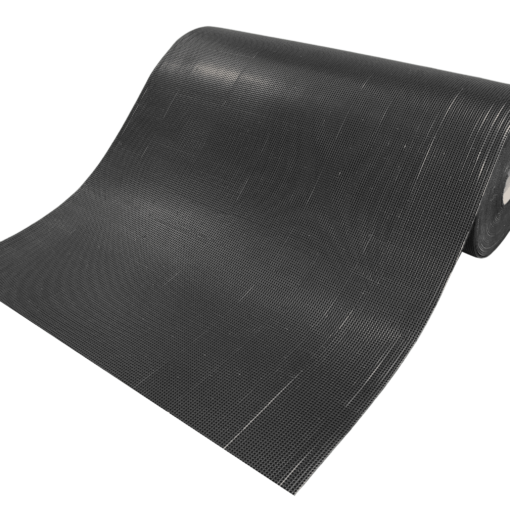 Dow announced in a press release that it will partner with Mura Technology, a pioneer in advanced plastic recycling innovation, to not only recycle plastics, but also to help keep plastic waste out of the environment. The collaboration will support scale-up of Mura’s new HydroPRS™ (Hydrothermal Plastic Recycling Solution) advanced recycling process aimed at preventing plastic and carbon from entering the natural environment while creating the feedstocks for a sustainable, circular plastics economy.
Dow announced in a press release that it will partner with Mura Technology, a pioneer in advanced plastic recycling innovation, to not only recycle plastics, but also to help keep plastic waste out of the environment. The collaboration will support scale-up of Mura’s new HydroPRS™ (Hydrothermal Plastic Recycling Solution) advanced recycling process aimed at preventing plastic and carbon from entering the natural environment while creating the feedstocks for a sustainable, circular plastics economy.
“We are delighted to offer our investment and expertise to support the development of this truly game-changing recycling process, ” said Carsten Larsen, Commercial Director Plastic Circularity EMEA & APAC, Dow Packaging and Specialty Plastics in the press release. “We are committed to enacting real change to stop plastic going to waste and accelerate moves towards a more circular economy. We know achieving this goal will take major innovation and investment and we can’t do it alone. That’s why our partnership with Mura is so exciting and why we believe it will form a key pillar of our recycling strategy going forward.”
The partnership combines Dow’s materials science capabilities, global scale and financial resources with Mura’s recycling technology, to produce circular feedstocks that are then converted into recycled plastics for consumers and global brands.
Mura’s proprietary technology, HydroPRS™, is an advanced recycling process that uses supercritical steam to convert plastics back into the chemicals and oils from which they were made, for use in new, virgin-equivalent plastic products. HydroPRS™ can recycle all forms of plastic – including multi-layer, flexible plastics used in packaging, which are currently harder to recycle and often incinerated or sent to landfill.
Importantly, the plastics produced using these recycled products are expected to be suitable for use in food-contact packaging, unlike many conventional recycling processes. With Mura’s process there is no anticipated limit to the number of times the same material can be recycled – meaning it has the potential to significantly reduce plastics being used once and make the raw ingredients for a circular plastics economy. In addition, advanced recycling processes are expected to save approximately 1.5 tons of CO2 per ton of plastic recycled, compared to incinerationi of unrecycled plastics.
“Plastic pollution is a global challenge and our goal is to meet it head on by recapturing millions of tons of plastic waste every year and put them to work again as a valuable resource for the world’s biggest brands. We’re changing the way the world thinks about plastics – not as something to throw away, but as a product that can be used over and over again, and sustainably, without damaging our natural environment. Our partnership with Dow will help make this a reality for global brands and deliver a circular plastics economy globally within the next decade,” said Dr Steve Mahon, CEO of Mura Technology in the release.
According to the press release, Dow will play an important role as a global manufacturer of plastic, proving that Mura’s solution can meet both the sustainability and performance needs of the industry and that the products made via HydroPRS™ can be employed at scale to make new plastics. The world’s first plant using HydroPRS™ is in development in Teesside, UK, with the first 20,000 ton per year line expected to be operational in 2022. Once all four lines are complete, Mura will be able to recycle up to 80,000 tons of plastic waste per year, providing Dow with materials produced by the process. Dow will use these materials to develop new, virgin-grade plastic for applications such as food packaging and other packaging products to be re-circulated into global supply chains, creating a true circular plastics economy.
The ‘lost resource’ of plastic waste is a huge economic opportunity – valued at up to $120 billion per year according to the World Economic Forumii. Global plastic production also creates an estimated 390 million tons of CO2 every yeariii – equivalent to over 172 million carsiv. While plastic production accounts for approximately 6 percent of global oil consumption today, by deploying technology capable of recycling all plastics and creating the ingredients for a circular plastics economy, advanced recycling can decrease the use of oil by the chemical industry. Mura offers the prospect of dramatically cutting global plastic waste and associated emissions attributed to that waste.
To reduce global plastic waste, Mura has designed its business model for rapid global deployment and is building a global network of partners. Dow joins other major global players such as KBR Inc., a US-based multinational engineering services company, Wood, a global consulting and engineering company, and Igus GmbH, a global leader in industrial plastics, as partners to accelerate the deployment of Mura’s technology worldwide. Mura’s HydroPRS™ process utilizes at its core the Cat-HTR™ technology, which was developed and is owned by Licella Holdings Limited, New South Wales, Australia.
Alongside its first plant in the UK, Mura has identified development opportunities in Germany and the United States – where it will develop new recycling plants in both countries in the next five years – and Asian markets, as part of a rapid global rollout that will see one million tons of recycling capacity in development worldwide by 2025. The partnership with Dow will be a key driver of this goal. Mura is continuing to raise funds to drive further expansion and is in discussions with a range of global investors.
- See explanatory video on the HydroPRS™ Process here.
idependent analysis by CE Delft, the independent research and consultancy organisation specialised in developing innovative solutions to environmental problems.
ii WEF – The New Plastics Economy: Rethinking the Future of Plastics
iii The Ellen McArthur Foundation – the New Plastics Economy: Catalysing Action
ivps://www.gov.uk/government/publications/new-car-carbon-dioxide-emissions
BASF Partners With Quantafuel as Part of Circular Economy Model for Plastics



